By Tom Deignan
This past Father’s Day, Kelly Walsh went a long way to pay tribute to his Dad – almost 40,000 feet under the sea.
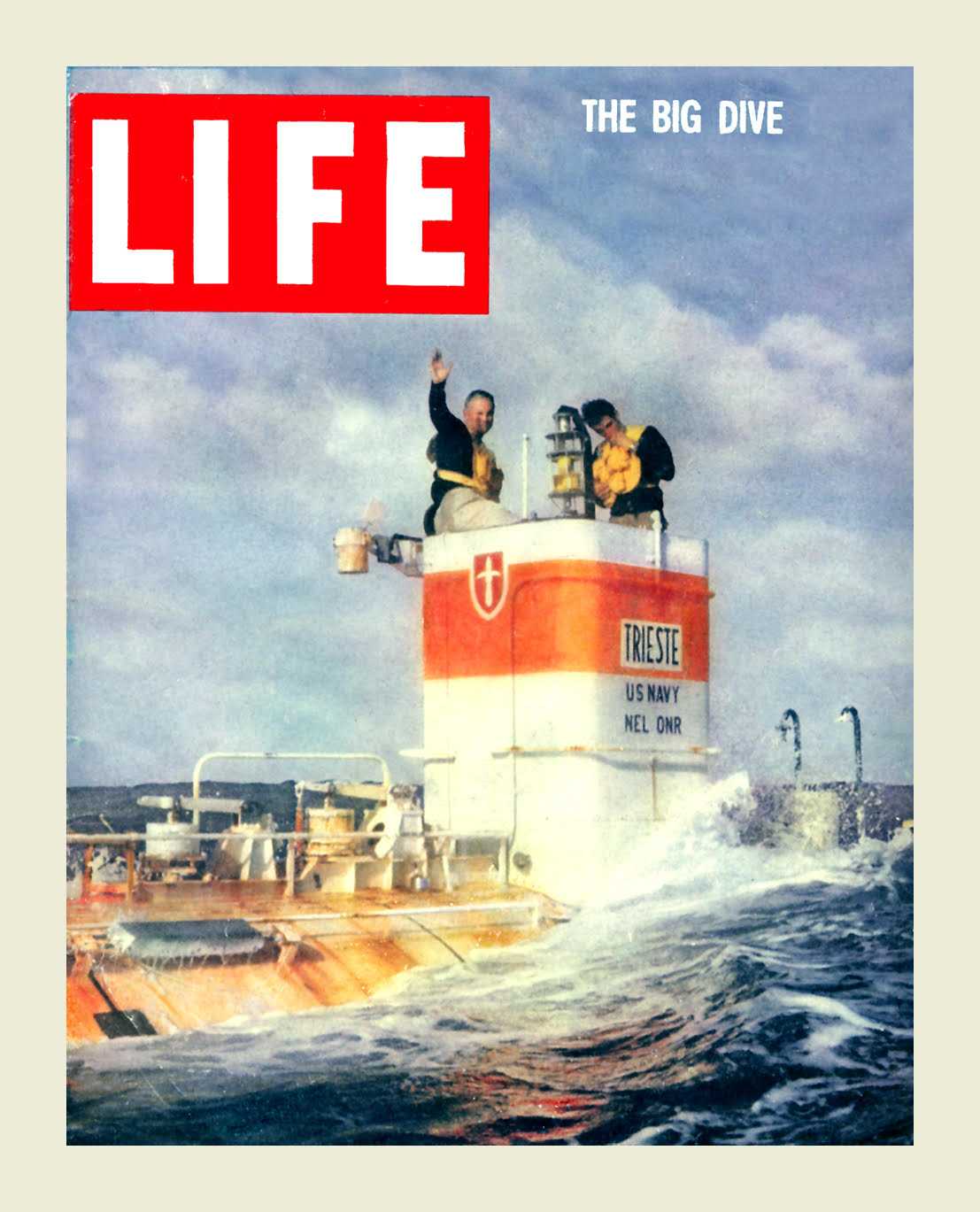
Kelly’s father, Don, is one of only a handful of other human beings who have explored the ocean at such great depth.
“It’s been such a once in a lifetime experience, to complete this circle with my dad,” said Kelly Walsh, 52, speaking to Irish America under sunny skies in the middle of the western Pacific Ocean, about 200 miles southwest of Guam.
Don Walsh, now 89 and retired from the U.S. Navy, told Irish America from his Oregon ranch that when he heard his son was going to follow in his nautical footsteps: “I was so excited.”
This incredible Irish American sea saga begins back in 1960. That’s when Navy lieutenant Don Walsh, as well as a Swiss explorer named Jacque Piccard, piloted the “Trieste” – a vessel known as a bathyscaph – to the ocean’s deepest depths.

Situated roughly at the center of a half-circle formed by Japan, Taiwan, the Philippines, and New Guinea, is a section of the western Pacific floor called the Mariana Trench. The deepest section of Mariana Trench – about 36,000 feet – is called Challenger Deep.
To put that in perspective, the depth of Challenger Deep is 6,000 feet greater than the height of Mount Everest.
“In Don’s day (his vessel) was basically a giant balloon filled with gasoline,” said Rob McCallum, a founder and expeditions leader with EYOS Expeditions, which coordinated Kelly’s Father Day weekend excursion.
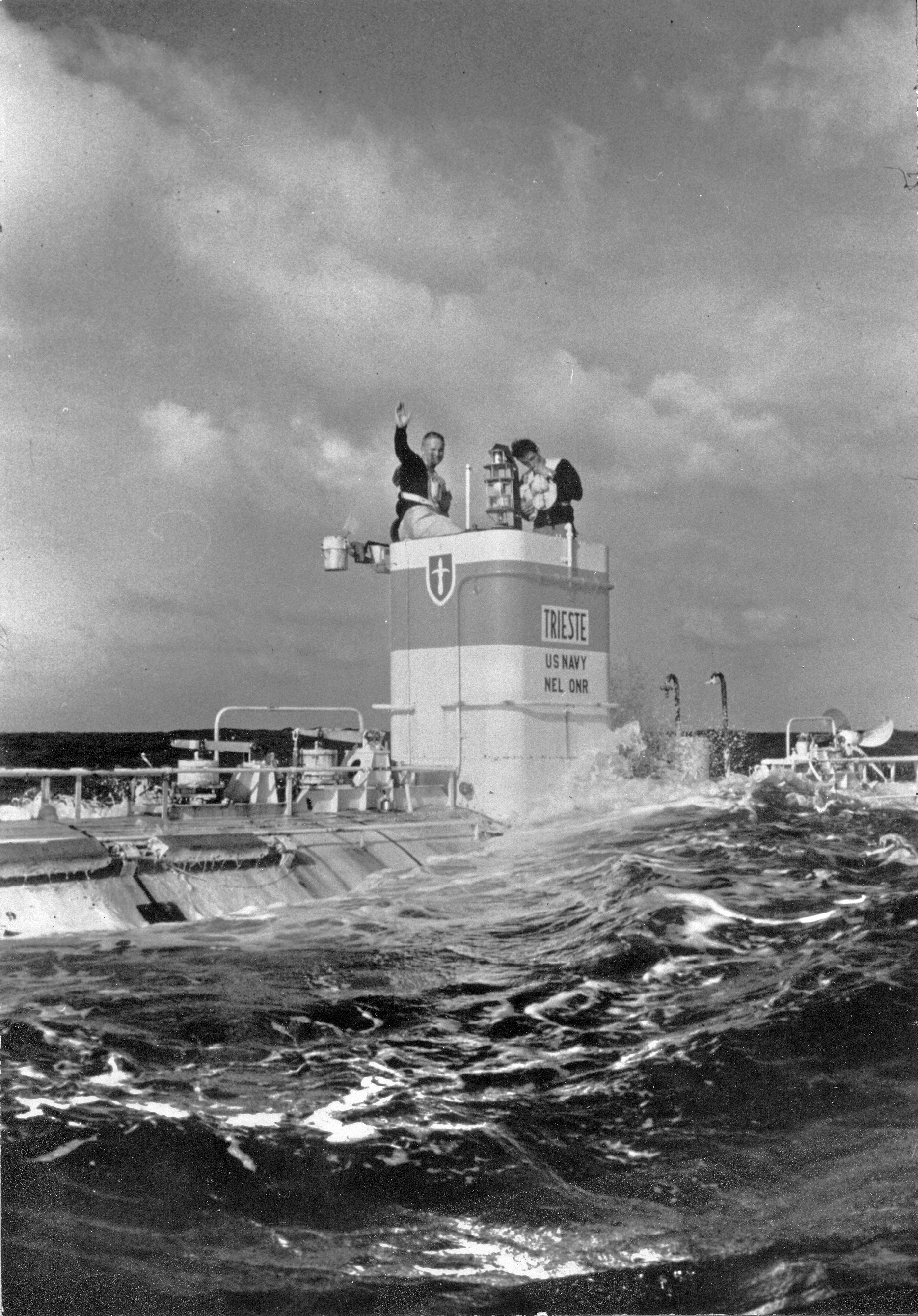
McCallum, who spoke to Irish America alongside Kelly Walsh, noted that though every precaution was taken back in 1960, the technology was limited, and Don Walsh and Jacque Piccard were venturing into the unknown.
“It was remarkable, the bravery they both exhibited,” said McCallum.
Don Walsh, for his part, recalled things more philosophically.
“Fear is not something you can permit on a mission like that,” he said.
Kelly Walsh is now just the 11th person to visit Challenger Deep, the most recent being Kathy Sullivan. The first American woman to walk in space, Sullivan did the dive to the bottom of the ocean on June 8, 2020.
“This is the last frontier of exploration on earth,” McCallum observed.

LF holds two occupants and is the only vehicle in the world capable of reaching full ocean depth, and to have made repeated visits to the ocean’s hadal zone (below 20,000 feet). McCallum believes the hadal zone will likely yield “hundreds of important discoveries, including new species, better understanding of evolution, and answers to the challenges of climate change.”
Kelly Walsh made his trip in a deep-sea vehicle called the Triton 36000/2 Limiting Factor (LF), piloted by owner Victor Vescovo, a celebrated Texas-based explorer.
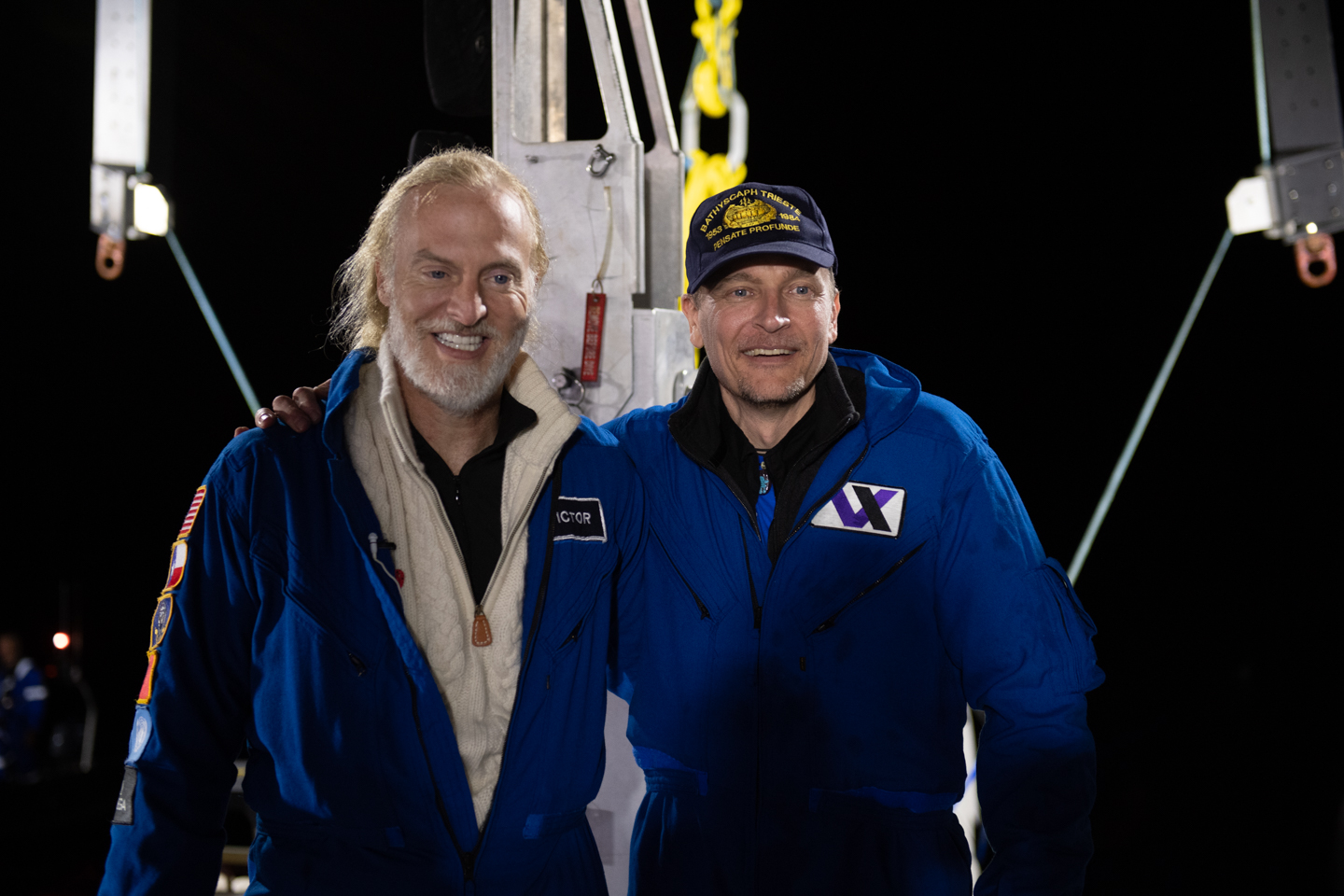
Arguably the most famous person to visit Challenger Deep is filmmaker James Cameron, whose obsession with the ocean is evident in his mega-hit movie Titanic, and whose ocean journey was chronicled in the film Deepsea Challenge.
Though he’s had a long and successful career in marketing and advertising, Kelly Walsh’s parents instilled in him an appreciation of travel and exploration. Don Walsh still serves on the board of EYOS, and Kelly Walsh took part in the 2012 trip that culminated in James Cameron’s dive.
“It’s part of my blood and heritage,” Kelly Walsh said of exploration, adding that he also works with a group called Students on Ice, which coordinates trips to the Arctic. “My father’s 89 and he hasn’t slowed down one bit. He’d be travelling right now if not for the (COVID-19) pandemic.”
It was still a surprise when the prospect of Kelly exploring Challenger Deep, as his father did, arose in early 2020.
“It never occurred to me that I would have this opportunity,” said Kelly.
Once EYOS and Kelly were able to iron out the logistics, it became clear he would not only join an exclusive ocean explorer’s club, but do so using far more advanced technology.
Whereas Don Walsh only spent 20 minutes on the ocean floor – after having kicked up clouds of blinding silt – Kelly Walsh was able to spend four hours exploring with professional lighting, as a top-line digital camera recorded everything.
“We saw a Coke can down there,” Kelly says with a laugh. “Some fishing gear. No life forms that you can really see,” though soil samples suggest evidence of microscopic life.
Kelly added: “The darkness is complete. It’s kind of eerie. But it’s also very peaceful, very quiet.”
Did his father have any advice before the dive?
“Just enjoy the ride. Ask a lot of questions.” Kelly adds: “He’s proud he set the bar, and hoped everyone else would raise it.”
According to Don, the Walshes left Ireland during the famine in the middle 19th Century, and came to the U.S. through Canada, settling in Detroit before heading west to California.
Don started his career in the Navy, and was also teaching at Texas A&M University, when Kelly was born. Kelly and his sister grew up mostly in San Diego and Washington D.C., as Don’s career took the family across the country. Kelly then went off to St. John’s College in New Mexico.
Along the way, there was one particularly memorable journey both Don and Kelly took. One of the many countries they’ve been able to visit together is Ireland.
“It was wonderful. It was like visiting a family farm,” Don recalls. Kelly agrees, though adds that since he was a teenager at the time, he is looking forward to returning to Ireland, with his – fittingly named – Irish American fiance, Erin.
“I’d like to go back, do a genealogy tour. Really dig into (the family’s Irish roots).”
Following his long stretch at sea, you’d think Kelly Walsh might be anxious to get back to land. But between the protests and the pandemic dominating life in America, he admits: “I kind of don’t want to leave.”
He also admits it will take him some time, writing and reflection to truly appreciate what he and his father were able to accomplish – 35,000 feet under the sea, six decades apart.
“I’m incredibly lucky,” says Kelly Walsh.

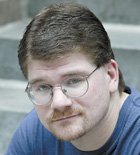
Tom Deignan is an author, teacher, and columnist for the Irish Voice and Irish America (tdeignan.blogspot.com).

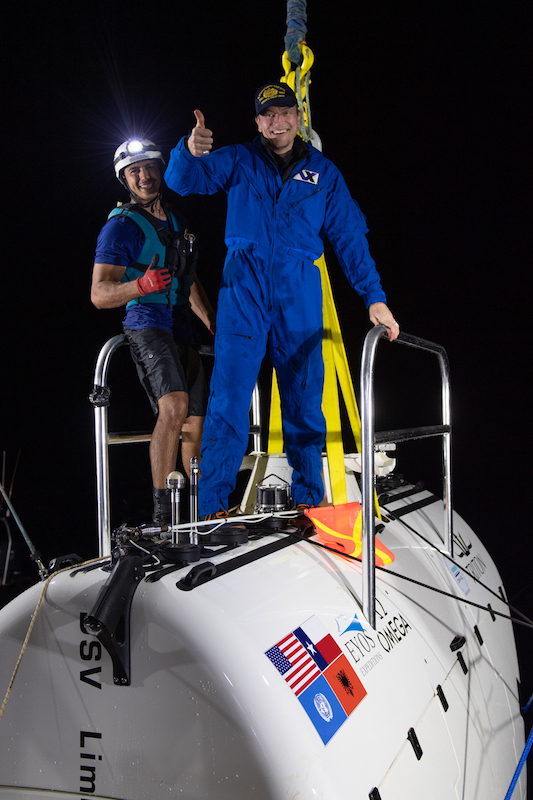
Wonderful, well composed article.
Good that you could get comments not only from Kelly but his father Don.
What a difference in the equipment in those 60 years. After having read an account of Don’s voyage in 1960 and what he went down in I was very concerned about Kelly. The Triton LF…big difference!